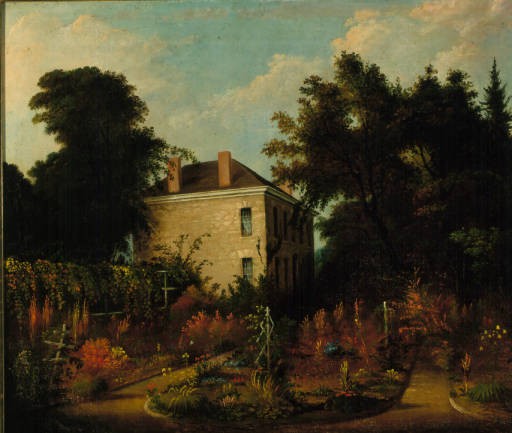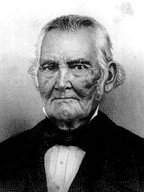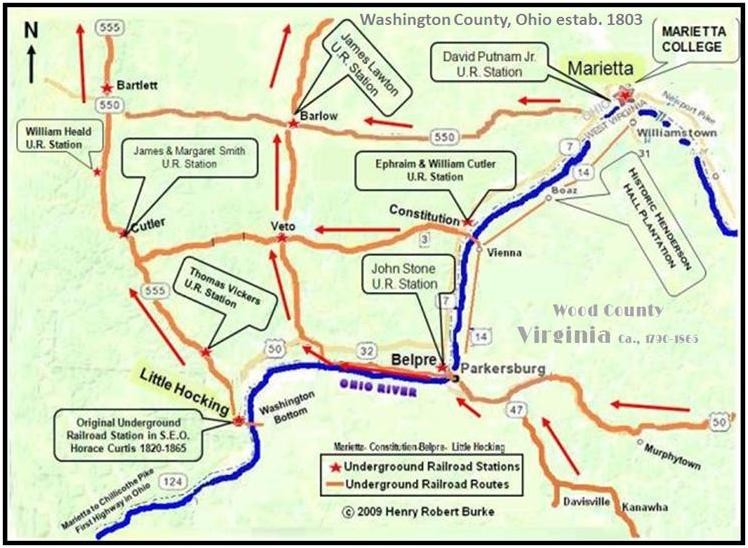Judge Ephraim Cutler House
Introduction
Text-to-speech Audio
Images
A painting of Ephraim Cutler's house in Veto, Ohio. Courtesy of Ohio University Archives and Special Collections.

Ephraim Cutler.

Cutler owned another home near the Ohio River.

Backstory and Context
Text-to-speech Audio
In 1802, Ohio delegates came together to draft the state's constitution and were intensely divided on the issue of whether or not Ohio would be a free state or slave state. “Washington County judge Ephraim Cutler, a vocal committed abolitionist, was too ill to attend the convention. However, when he learned that the delegates were deadlocked on the issue of slavery, he asked Rufus Putnam and Henry Fearing to carry him to Chillicothe. Judge Cutler cast the vote that broke the tie and kept Ohio free.”1 From the onset of Cutler’s activities in Ohio, he advocated for the rights of African Americans and was a strong supporter of education. In 1802, Ephraim Cutler introduced legislation to establish the American Western University that later became Ohio University and by 1825, chartered a medical school at Ohio University. Cutler served on the Board of Trustees at Ohio University for 30 years. Throughout his tenure on the Ohio University Board of Trustees, Cutler conducted court in the Silas Bingham house, a part of the university, which was Athens oldest courthouse. The building still exists as Ohio University Visitor’s Center. Another educational task Cutler took on in 1825 was for the funding of public education. Cutler authored the legislation that provided free education in Ohio.
Cutler owned two homes, one by the river and another in Ames Township. The current owner of the Ames Township home has stated there are several concealed rooms that have recently been uncovered. The concealed rooms are believed to have been used to harbor runaway slaves. Cutler worked with other well-known abolitionists in the county, such as John Stone and Rufus Putnam, Jr. Between these three men, they had over a fifteen mile northward stretch along the Ohio River that served as a terminus on the Underground Railroad. Washington County was a hotbed of abolitionism where many conductors on the Underground Railroad resided. Working together with each other and African Americans, they facilitated numerous escapes of runaway slaves from cities in Virginia such as Parkersburg, St. Mary’s, and Wheeling (all in modern-day West Virginia). Cutler did not live long enough to see slavery end; he died in 1853. However, his children carried on his legacy of aiding runaway slaves on the Underground Railroad.
